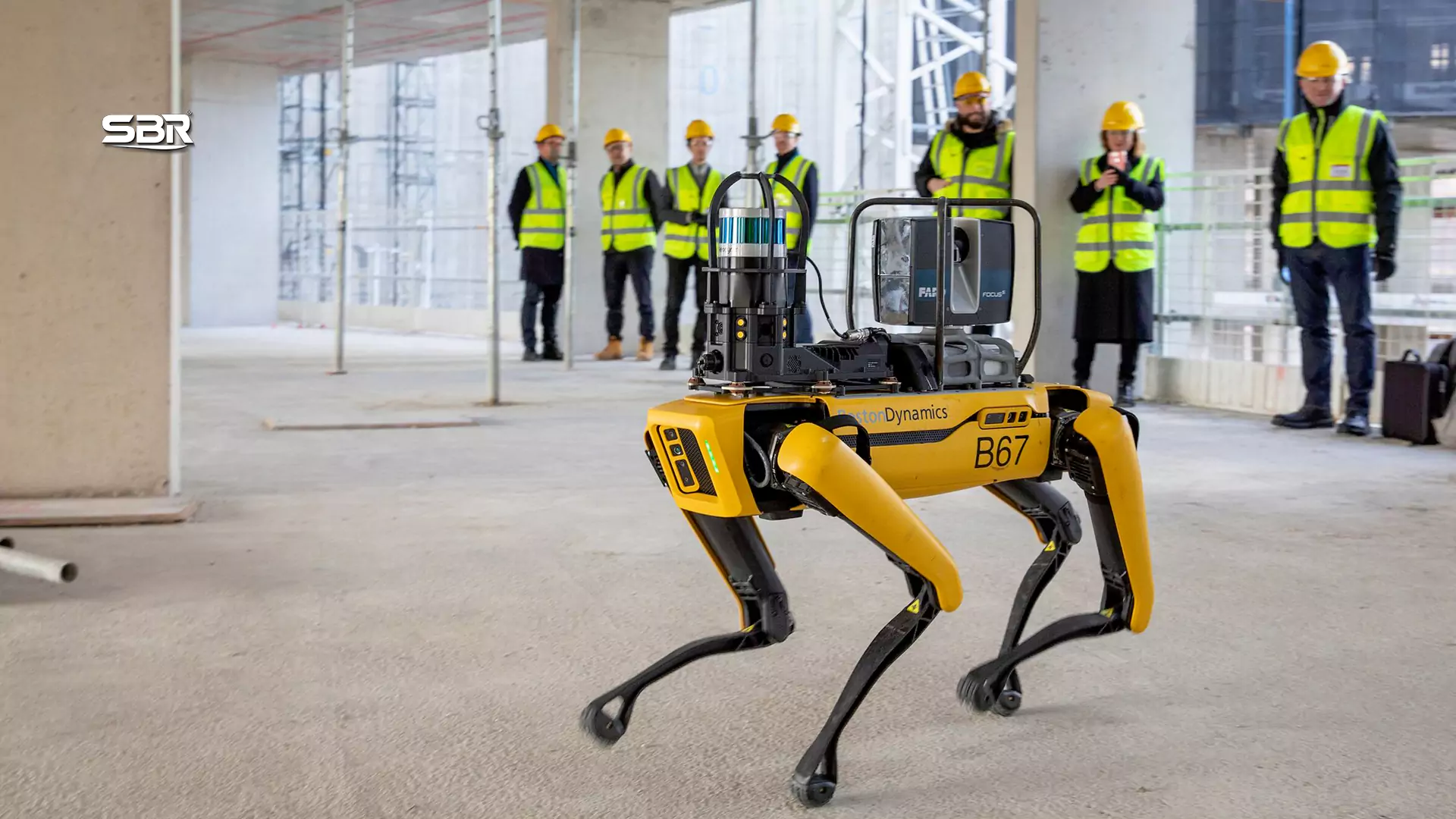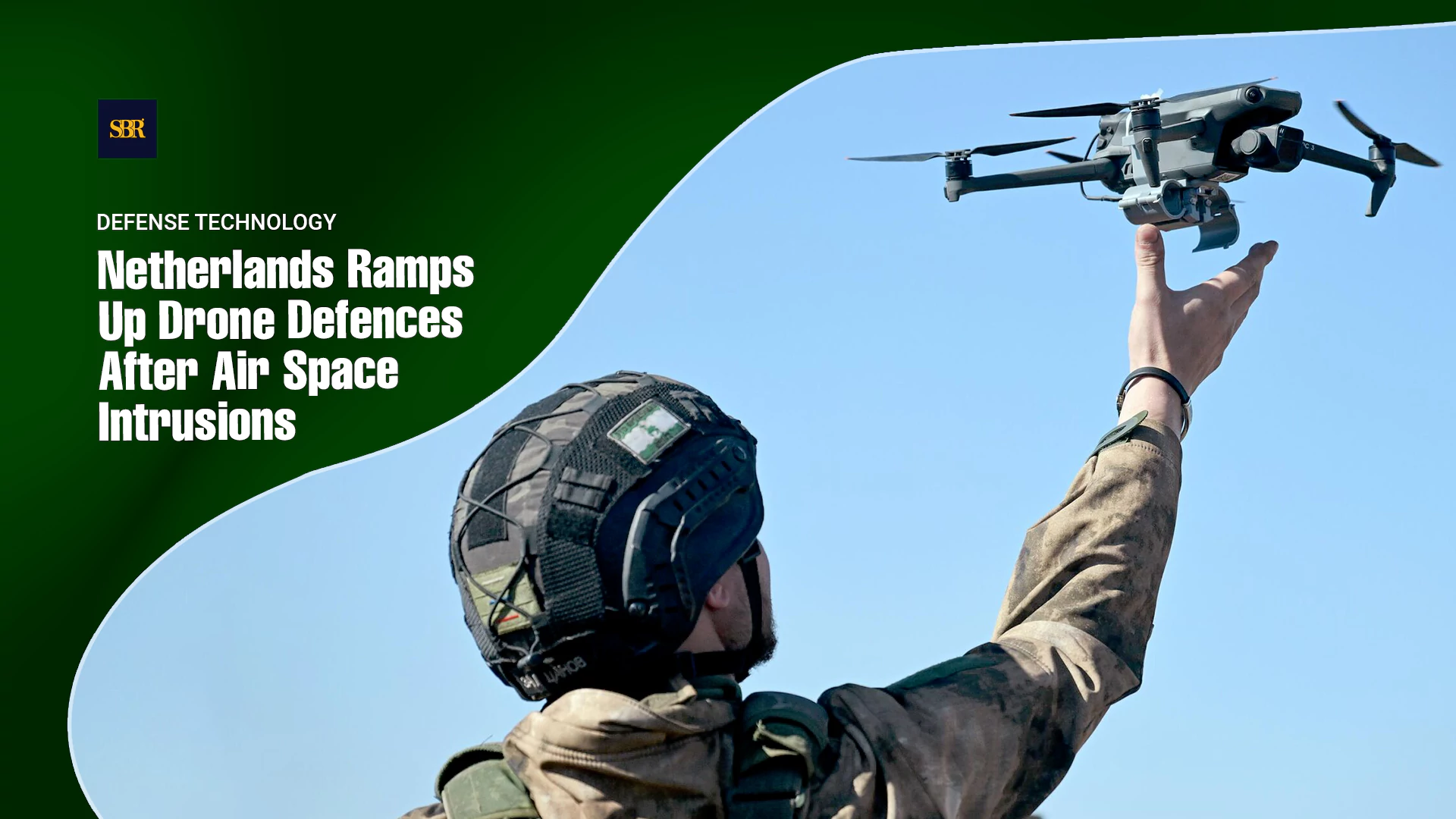Robots and Drones Step into Construction’s Rough and Ready Reality Where Mistakes Cost Millions and Safety isn’t Negotiable
Construction sites are unforgiving. Robots and drones help cut costly errors and keep workers safe when the margin for mistakes disappears.

Representational Photo
OPINION, May 26, 2025 — Construction has always relied on the strength and skill of people. For years, progress came through better tools and tougher materials. Now, robots and drones are quietly joining crews on job sites. These machines are changing how work gets done, but they are not here to take over. Instead, they help workers stay safe and finish projects on time.
Robots in construction handle tasks that are repetitive or physically demanding. For example, some robots lay bricks with steady precision. They work faster than a human could without getting tired. This helps keep projects moving and reduces the strain on workers’ bodies.
Other robots handle concrete work. They pour and shape concrete to exact standards. This consistency means fewer weak spots in the finished product. Stronger foundations make buildings safer and last longer.
Robots can also take on dangerous jobs. They work in tight spaces or lift heavy materials that could cause injury. By handling these tasks, they reduce risk on the site.
Drones Provide a Bird’s-Eye View
Drones serve a different purpose. Instead of doing physical work, they provide a view from above. A drone can survey large sites in minutes. This allows project managers to monitor progress without walking every inch of the area.
The images and videos drones collect help spot problems early. For instance, a drone might catch a misplaced beam or a safety hazard before it becomes an issue. Early detection can save time and money.
Drones also make inspections safer. Instead of climbing scaffolding or using cranes, inspectors can send drones to hard-to-reach spots. This keeps workers off dangerous heights while still gathering the needed information.
Supporting Safety and Efficiency on the Site
Together, robots and drones help address two major challenges: safety and efficiency. Construction work is physically tough and often risky. Injuries happen, and delays can cost millions. Machines support workers by handling repetitive or hazardous tasks and by providing better information.
These technologies don’t replace human skill. Instead, they handle work that frees people to focus on problem-solving and coordination. The people on site remain the decision-makers.
Better Data Means Better Decisions
Using robots and drones also brings valuable data. Robots track how many bricks they lay or how much material they use. Drones can create detailed 3D maps of a site over time. This information helps project managers understand progress and control budgets.
Data from machines can reveal where delays happen or which parts of a project need more resources. With these insights, companies can improve future work.
Challenges to Adoption
Despite these benefits, challenges remain. Construction sites vary a lot. Not every robot fits every job. Machines can be expensive and need regular upkeep. Smaller companies may find costs hard to justify.
Another challenge is getting workers to trust and use the technology. Construction has a long tradition of hands-on work. Changing how teams operate takes time and training.
Rules and regulations also affect use. Drones must follow strict flight laws. Privacy and safety concerns limit where drones can fly. Different regions have different rules, which complicates adoption.
A Growing Trend with a Future
Still, robots and drones are becoming more common. As technology improves and prices drop, more companies see the value. Those that adopt these tools can finish work faster and safer.
Robots may take on more complex jobs. Currently, they perform specific tasks. In the future, they could handle larger parts of the building process with less supervision. Drones will likely improve in spotting issues on their own and alerting teams.
Humans Remain at the Center
People will remain central to construction. No machine can replace experience and judgment. Robots and drones are tools that help workers do better work.
This fits with how construction has evolved over time. New technology is adopted carefully but steadily. From steam engines to power tools, innovations have changed the way buildings are made. Robots and drones are the next step in this long process.
Investing in Training and Quality
Companies that want to benefit most should focus on training workers and planning how to use new tools. Success depends on teamwork between people and machines.
Investing in robots and drones is an investment in quality. These tools help avoid mistakes that can be costly and dangerous. They improve precision and allow for closer monitoring.
Steady Change for Safer, More Efficient Construction
In the end, robots and drones bring steady change to construction. They support workers and improve workflows. This helps meet the demands of modern building projects.
Change will take time. It will not happen overnight. But the groundwork is laid. The future of construction will combine human skill and machine assistance working side by side. This balance promises safer, more efficient job sites and stronger buildings.
The story of robots and drones in construction is still being written. It is not about flashy technology but practical help. For those who build our cities, these tools are another way to get the job done right.
These tools don’t replace workers; they support the people who build our cities every day.







